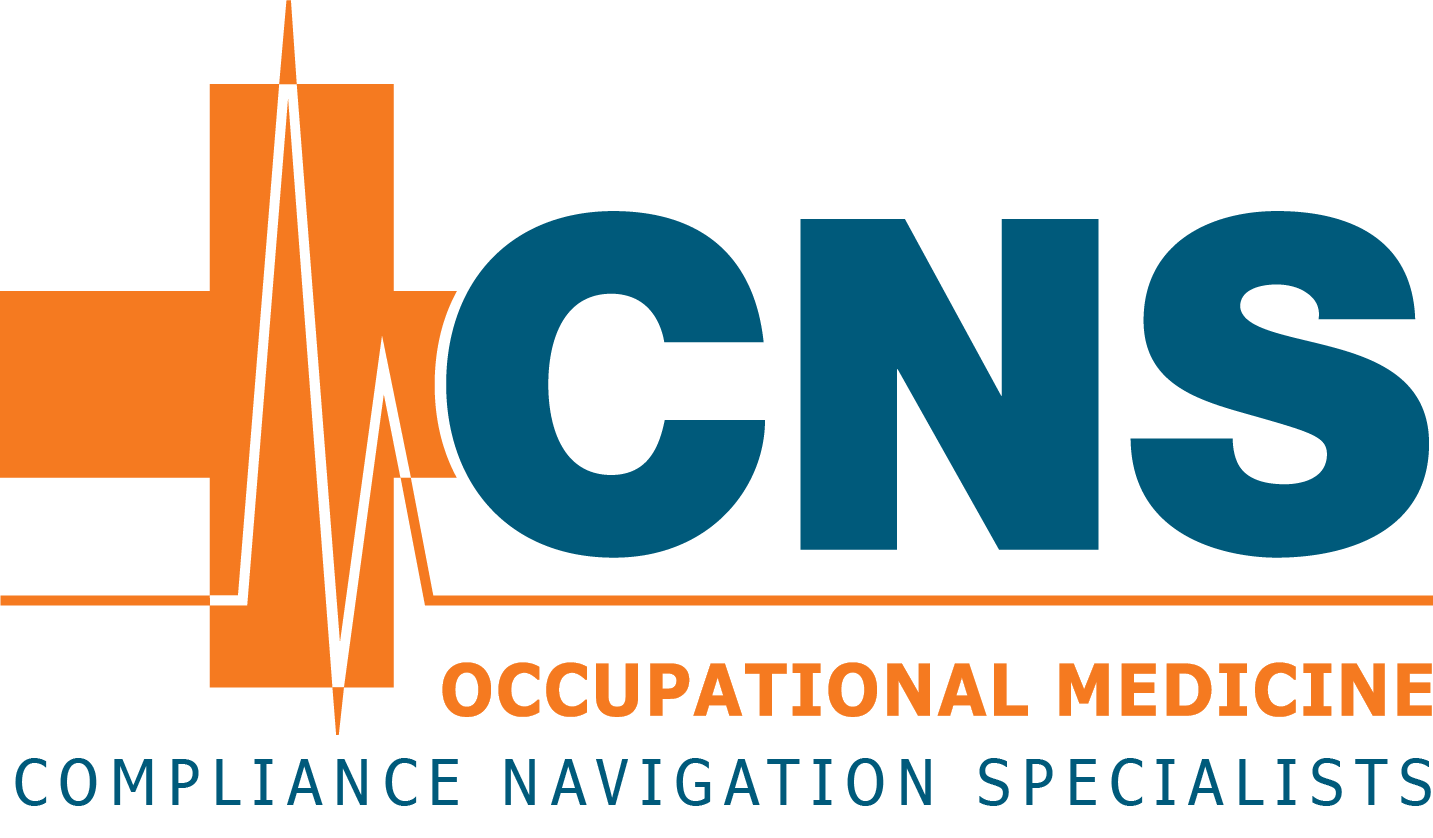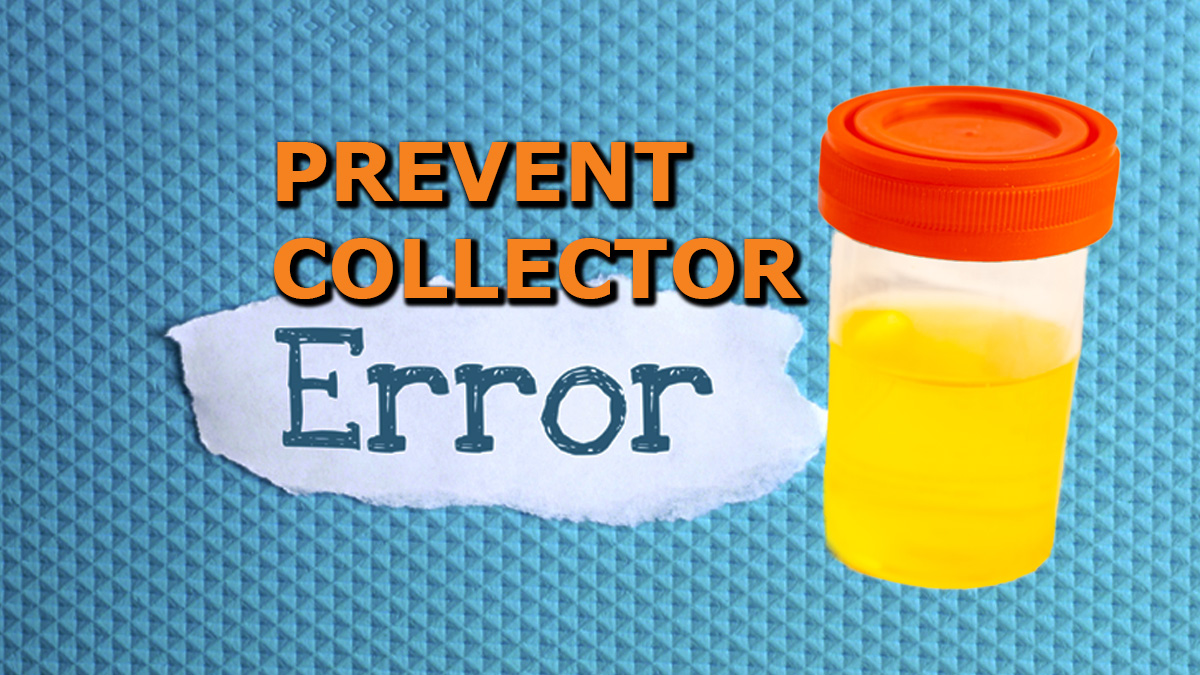Managing a compliant and efficient drug testing program is more than just scheduling tests. As a safety manager, your responsibilities extend beyond logistics—you are also tasked with ensuring every test collected meets federal and company standards.
Yet, one of the most common disruptions to a well-run drug testing program is collector error—a seemingly small issue with major consequences.
What Is a Collector Error?
A collector error occurs when the technician performing a drug or alcohol test fails to follow required protocols during the collection process. These errors can range from incorrect paperwork to mishandling of the specimen itself, and they jeopardize the validity of the test results.
Real-World Consequences of Collector Errors
Let’s look at how these errors impact all parties involved:
For Employers
- Delays in Hiring: A pre-employment test with errors must be recollected, delaying your ability to onboard new drivers or employees.
- Compliance Risk: DOT-regulated employers may face penalties for relying on flawed test results.
- Administrative Burden: Re-collection, communication with labs and MROs, and managing tracking numbers all drain time and resources.
- Increased Costs: Paying for repeat tests, missed workdays, or even fines can strain budgets.
For Employees and Applicants
- Frustration and Mistrust: A candidate might feel they’re being unfairly delayed or treated carelessly.
- Job Loss or Withdrawal: In competitive hiring situations, a delay could mean losing a candidate to another company.
- Recollection Stress: Donors may feel scrutinized or nervous about providing another sample, especially in observed collections.
Most Common Drug Testing Collector Errors
Based on collection site audits, we’ve seen the following frequent collector mistakes:
1. Missing MRO Copy
The Medical Review Officer (MRO) cannot process the test without their copy of the Custody and Control Form (CCF). This stalls the entire process.
2. Mismatched Specimen ID Numbers
If the specimen ID on the sample bottle doesn’t match the CCF, the lab may reject the sample.
3. Incorrect Sample Type
Collecting a Non-DOT sample when a DOT test is required (or vice versa) could invalidate the test. Likewise, doing a single sample instead of a split sample violates DOT protocols.
4. Missing or Incomplete Signatures
A missing collector or donor signature on the CCF is a regulatory violation that forces a recollection.
5. Incorrect or Unreadable Label Placement
If initials or the specimen number are not visible on the bottle label, the lab may reject the test.
6. Wrong CCF or Label Sticker Used
Using a Non-DOT form for a DOT test (or vice versa) can invalidate the test.
7. Sample Volume Too Low
Under DOT guidelines, at least 45 mL of urine is required. Anything less can be considered a shy bladder and must be handled according to specific procedures.
How Safety Managers Can Prevent These Errors
As the employer’s representative, you may not be present at every collection site—but you can still take control of the process:
1. Use Trained and Certified Collectors
Ensure your collection sites, like CNS Occupational Medicine, use technicians who are trained in DOT and Non-DOT procedures. Ask for documentation and conduct periodic audits.
2. Use a Collection Checklist
Provide collectors with a pre-shipment checklist, like the one below, to reduce human error.
3. Review CCFs Promptly
If you receive copies of completed CCFs, check them before samples are shipped to catch missing signatures or mismatched numbers.
4. Track Every Sample
Ask collection sites to provide tracking numbers and keep a record of when each sample was shipped. This can be critical if there are shipping delays or lost samples.
5. Communicate With Your TPA
Work closely with your Third-Party Administrator (TPA), MRO, and lab to ensure protocols are followed and errors are reported and addressed quickly.
Pre-Shipping Drug Test Collection Checklist
Make sure collectors check off each item before sending a sample:
- Correct sample volume (minimum 45 mL for DOT)
- Correct collection type
- DOT vs. Non-DOT
- Split vs. Single sample
- Specimen label applied and initialed
- Specimen ID matches on bottle and CCF
- Correct CCF used (DOT vs. Non-DOT)
- CCF Lab copy included in sample packaging
- All required signatures present
- Send MRO copy to TPA
- Tracking number recorded and shared
While the impact of a collector error may seem minor at first glance, it can cause cascading delays, jeopardize compliance, and create frustration for both employers and employees. As a safety manager, your leadership is critical in building a strong, error-resistant testing program.
By educating your teams, auditing your collection process, and reinforcing accountability with your partners, you can ensure your program stays on track and in compliance.
Need Help Managing Your Drug Testing Program?
CNS offers complete drug and alcohol testing program management, including MRO services, and compliant documentation tracking. Let’s reduce collector errors and keep your workforce moving forward.
For more information, contact us at 800.551.9816 or info@cnsoccmed.com.




